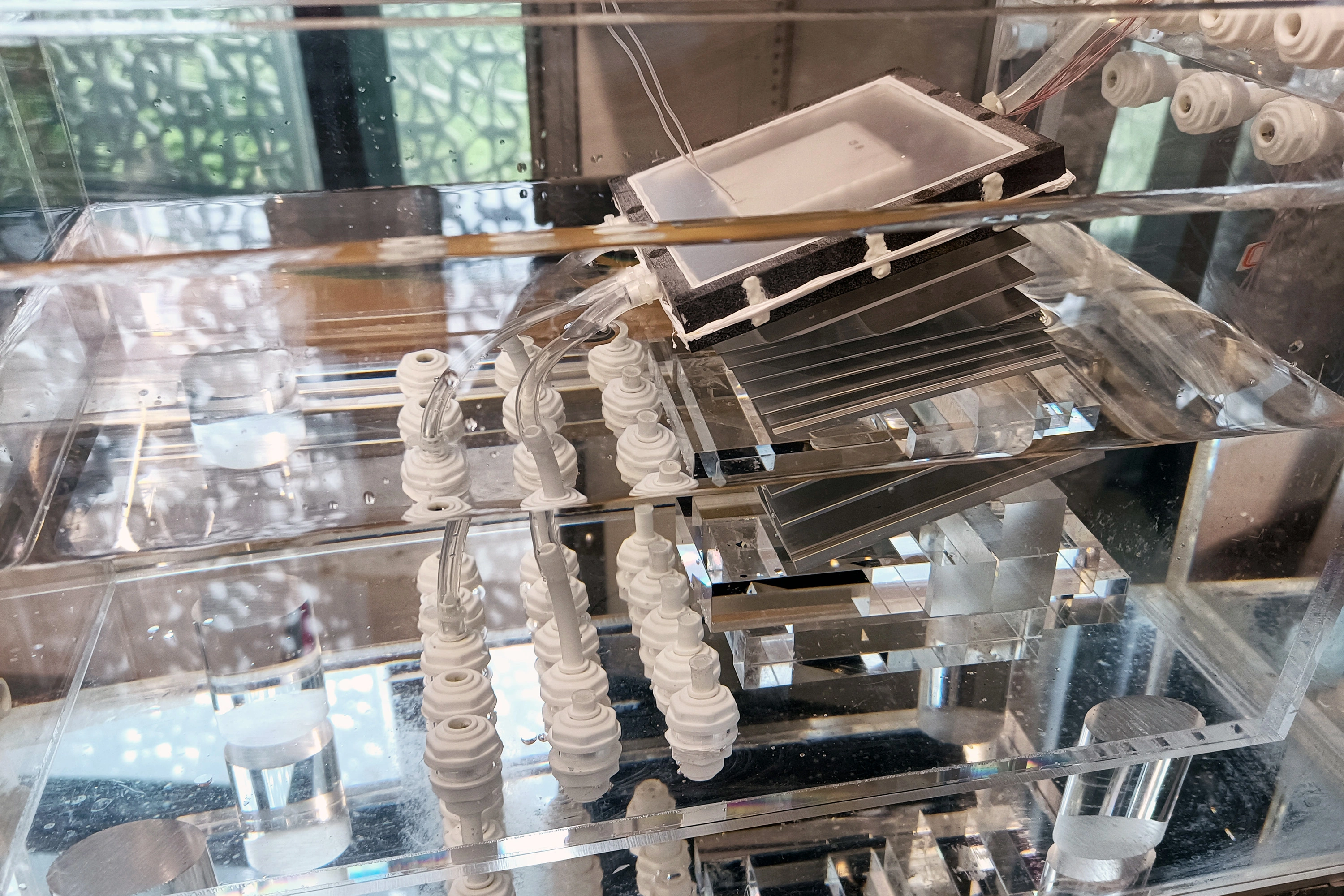- cross-posted to:
- technology@beehaw.org
- technology@slrpnk.net
- technology@lemmy.world
- cross-posted to:
- technology@beehaw.org
- technology@slrpnk.net
- technology@lemmy.world
According to MIT, this technology works even at small scale, with one the size of a suitcase able to desalinate 6 litres per hour, and only needing to be serviced every few years.



None to very little. This device is a solar evaporator, so most the minerals would stay behind. Some minerals will be carried up by convection with the evaporating water, but not a lot.
In a reverse osmosis plant, it uses tiny filters that only allow water molecules and smaller to pass through, so it would be possible for some lithium or other small minerals to get through.
Makes sense, that’s what I thought. So do you add minerals afterwards or how do you proceed after extruding the water? If you were to use it for human consumption.
Fresh water also has very little in the way of minerals. From what I could find, most of them are in the range of 1% of your daily requirement per liter. The exceptions are calcium, sodium and chloride, and iodine. Iodine in water already varies enough that it is already supplemented in salt, low sodium and chloride is rarely a problem and can be easily corrected with table salt, and that leaves calcium. It is pretty high in harder water, but that still only hits about 10% of your daily intake per liter. If you drink a lot of harder water and don’t eat a lot of high calcium foods, this could matter.
So yes, you should be aware of this for distilled or reverse osmosis water, but you may not have to change anything depending on your diet.
There isn’t much that gets through in reverse osmosis. It’s very soft water.
Lithium extraction is exciting, though. There’s some projects out there that suggest the process would be profitable on the non-lithium minerals alone, and then you get clean drinking water on top of it.